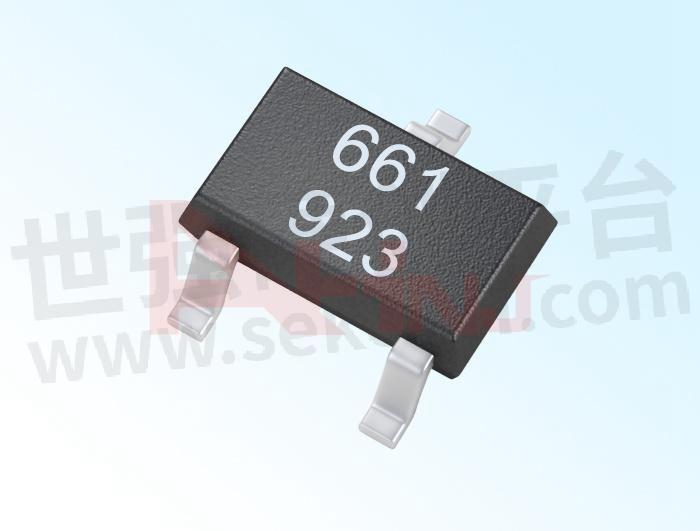What is the Method to Detect the Switching Hall IC?

As Hall sensor Suppliers, we share with you.
When we use the Hall element to repair the machine, we will encounter the situation that the Hall does not work, and it is impossible to distinguish whether the Hall element is damaged from the shape of the Hall. The following teaches you how to detect whether the switch type Hall element is damaged. Taking Hall sensor as an example, the test method of switching Hall element is as follows:
Micropower Omnipolar Hall Sensor
First, find a resistor R of 1KΩ, connect it between pins ① and ③, and connect the positive pole of the 12V DC power supply to the pin ① of the switch-type Hall element sensor, and the negative pole to pin ②. Put the multimeter in the DC 50V gear, connect the red test lead to the ③ foot, and the black test lead to the ② foot, and observe the change of the multimeter pointer. When the N pole of the magnet is close to the test point of the Hall element, the pointer of the multimeter deflects from the high level to the low level; when the N pole of the magnet is far from the test point of the Hall element, the pointer of the multimeter changes from the low level High level deflection. If the N pole of the magnet is close to or far away from the test point of the Hall element, the pointer of the multimeter will not deflect. It means that the Hall element is damaged and should be replaced in time. In addition, it should be noted that the side of the Hall device with the model mark is the sensitive side, and it should face the corresponding magnetic pole of the permanent magnet, that is, the N-type device is facing the N-pole, and the S-type device is facing the S-pole. Otherwise, the sensitivity of the device is greatly reduced, and it may not even work.
Note: Switching Hall IC refers to unipolar, bipolar, bipolar latching, omnipolar Hall element, the output of which is a digital model; while analog Hall element refers to a linear Hall element.
To detect the quality and performance of the linear Hall, we need to prepare the following tools: a linear Hall, a magnet and a voltmeter (pointer or digital) or a multimeter. The detection of the quality of the linear Hall element is the same as that of other components. The simplest method to judge is to observe the change.
- +1 Like
- Add to Favorites
Recommend
- High-Performance Medium-Voltage MOSFETs SL142N06Q Boost Switching and Synchronous Rectification Applications
- Do You Know Low-Cost Hall Effect Sensor and Simplified Switching?
- Hall Sensor SL1605TL Supports a Working Voltage Range of 5.5V and the Switching Frequency of 20Hz
- Crocus Technology CTSR200 Magnetic Sensors Featuring High Sensitivity that Gives a High Analog Signal at Lower Power
- What Are the Advantages of the Hall Switch Over the Reed Switch?
- Excellent Low Power Hall Switch Sensor SLKOR SL1603SL with 33 Gauss and a Low Switching Frequency of 5Hz
- Do you know the Precautions when using Hall IC?
- What is Gauss Rating and How to Use a Gauss Meter
This document is provided by Sekorm Platform for VIP exclusive service. The copyright is owned by Sekorm. Without authorization, any medias, websites or individual are not allowed to reprint. When authorizing the reprint, the link of www.sekorm.com must be indicated.






























































































































































































































































































































































































































































































































































































































































































































































































































































































